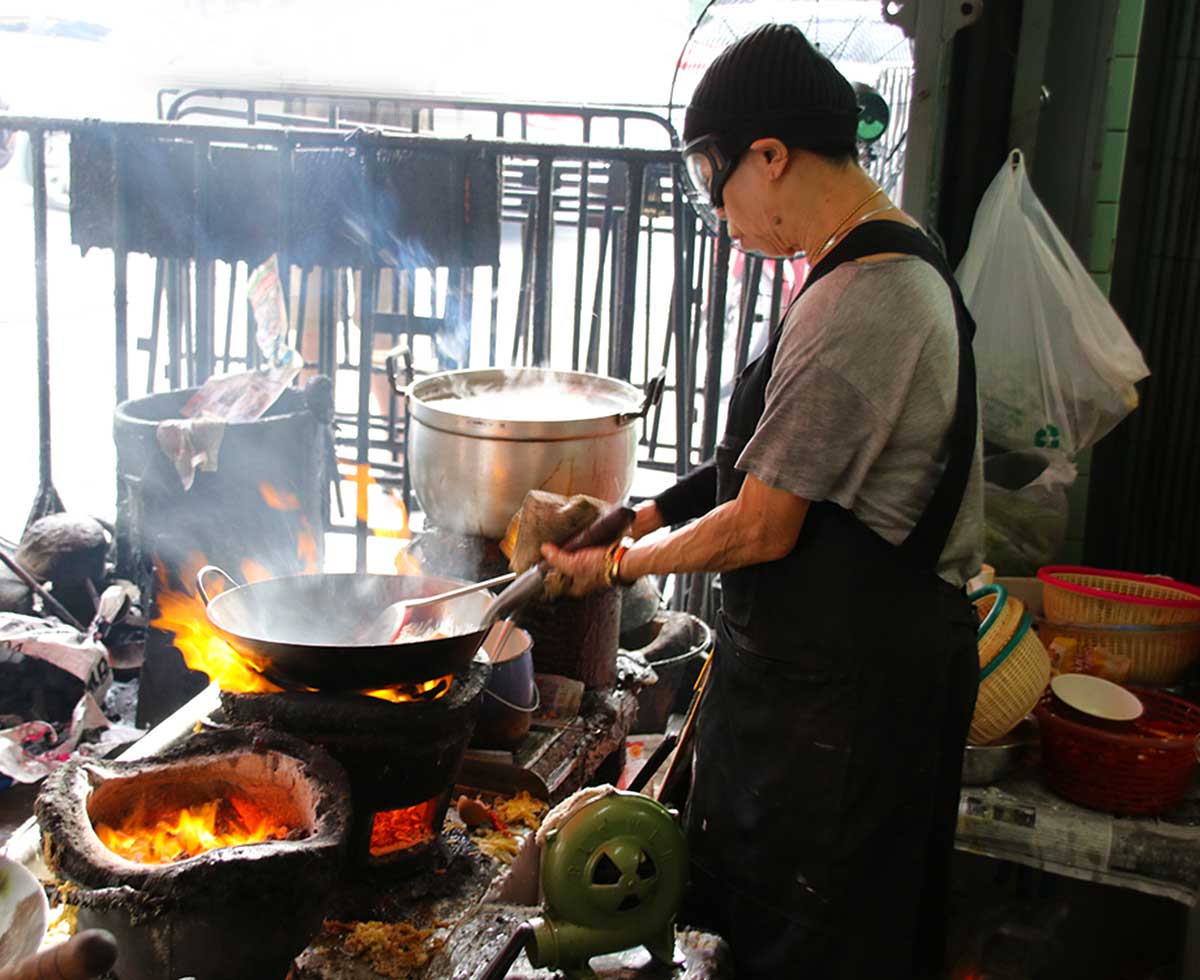
Bali & Raja Ampat, Indonesia

You may have heard of Bali – the most visited island in the Indonesian archipelago. Indonesia is just north of Australia and is made up of over 17,000 islands, most of which are uninhabited and remote. Other well-known islands in the country are Sumatra, Borneo, Java and Komodo.
There is another region which is known mostly to divers and marine biologists: Raja Ampat. Raja Ampat is a group of islands located just off West Papau – the western half of the island of Papau New Guinea. Bali and Raja Ampat were our destinations on this trip and our main focus was diving and underwater photography.
Why Indonesia?
Indonesia is popular for diving and underwater photography because of its beauty and biodiversity. It’s part of the Coral Triangle, an area in the Asia Pacific region which spans only 1.6% of the planet, yet holds 76% of the world’s coral and some estimate, over 3,000 species of fish on its reefs.
The Coral Triangle is made up of Indonesia and Malaysia to the west, the Philippines to the north, as well as Papau New Guinea and the Solomon Islands to the east. An area of Indonesia known as Wallacea is one of Conservation International’s 36 identified biodiversity hotspots worldwide.
Beyond biodiversity’s obvious importance for the planet, if your photography is in the wildlife, underwater or nature categories, a biodiversity hotspot is where you want to be – both to showcase nature’s incredible range of flora and fauna as well as to shine a light on the need for conservation.
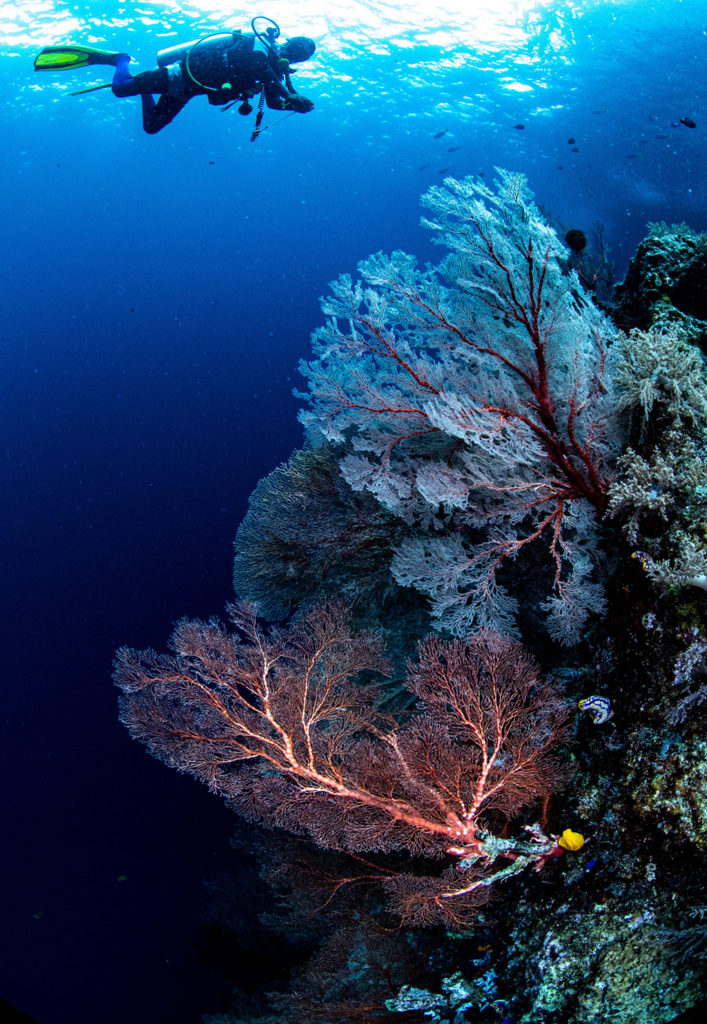
Sea Fans & Diver in Indonesia – Photo by Tim
Tulamben, Bali
When we arrived in Bali after 24 hours of travel, we immediately headed north to Tulamben. Though the island is home to some beautiful beaches, as in most of our trips, we were more interested in adventure than rest and relaxation – in this case SCUBA diving. Regardless, the island’s tropical allure and welcoming spiritual feel provide incredible relaxation overall.
Tulamben is home to the Mount Agung volcano as well as the USS Liberty shipwreck. Our hotel needs were simple: close proximity to the dive sites. We booked a bungalow at Toyabali, a small diving resort, with the USS Liberty right off its beach, in an area of small fishing villages known for muck diving and macro underwater photography.

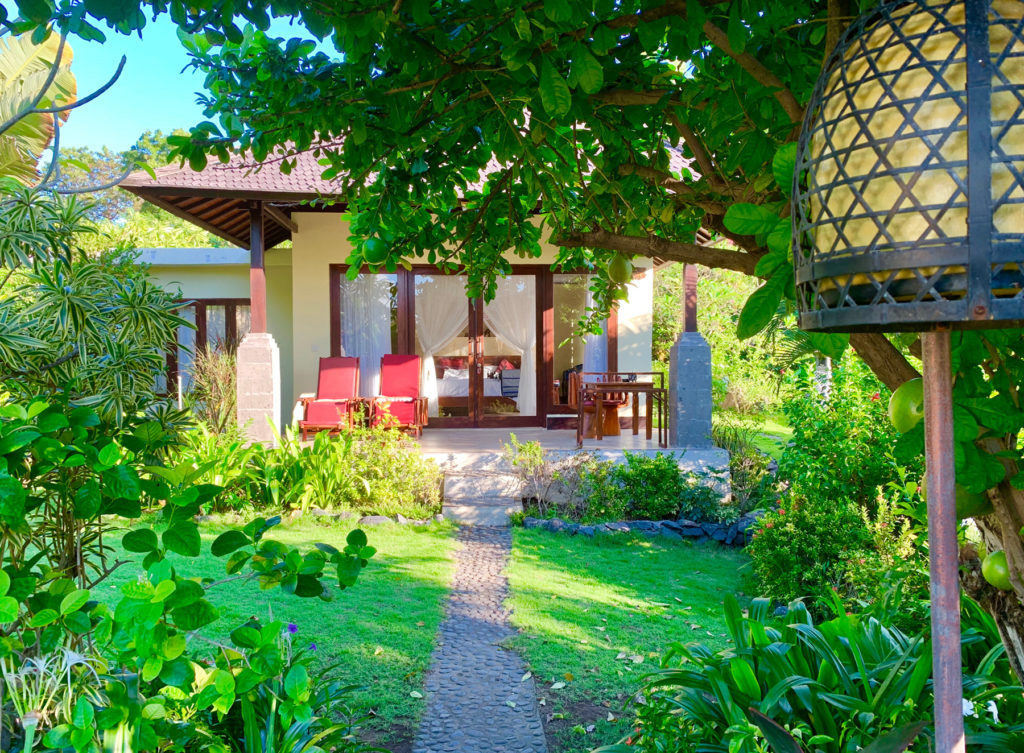
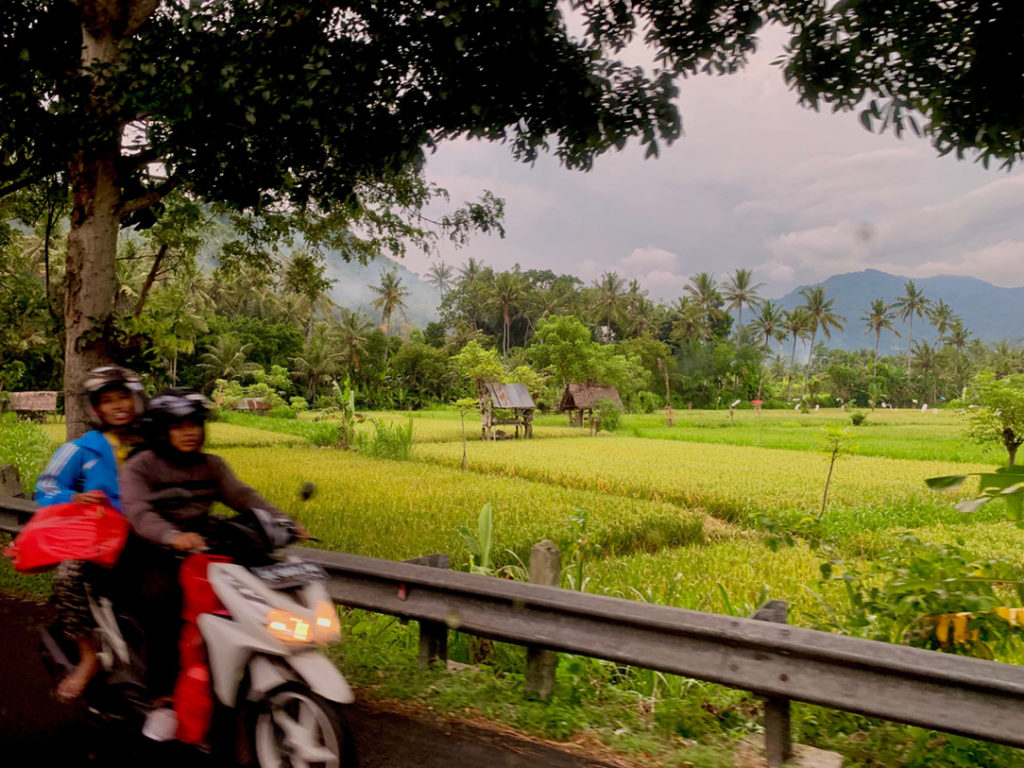
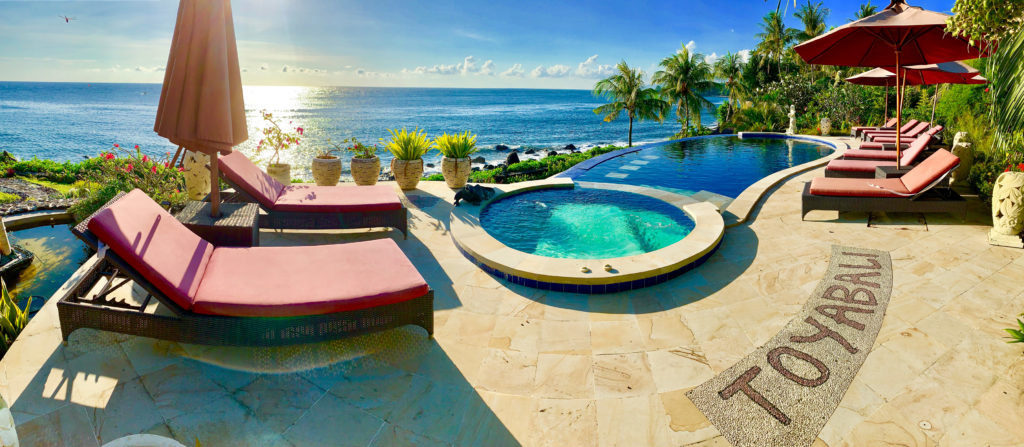

Diving in Tulamben, Bali
We booked a local dive guide in advance – someone to take us to the best dive sites and point out interesting sea life along the way. Finding local dive guides is a must with underwater photography, as no one knows the reef like a local. Komang, our guide, pointed out the most amazing tiny nudibranchs which we probably would have swam right over. Nudibranchs are like little technicolor glow worms – minuscule yet spectacularly “painted” – you almost cannot believe your eyes when you see them.




Due to the crowded nature of the USS Liberty we had to visit it first thing in the morning while it was still dark. Because of this, the views were limited and the site was already overrun with divers by first light. We much preferred the muck diving to the wreck diving in this area.
Underwater Photography
I used a Canon DSLR in a Nauticam underwater housing. There are two popular ways to go with this – either wide angle or macro lenses. Wide angle is what you use to take shots of reefs, wrecks or large creatures. A macro lens is used for small creatures. On land people use them to take close up photos of insects or flowers. Underwater photographers use them for nudibranchs, shrimp, seahorses and the like. The majority of my shots in Indonesia were with a macro lens or with an additional super macro converter.
Ubud, Bali
After Tulamben, we made our way to Ubud. Ubud is an inland city, reminiscent of Chiang Mai, Thailand but smaller and more quaint. There’s a lot of shopping and restaurants, and of course, the famous Sacred Monkey Forest. The Balinese long tailed Macaque monkeys can be seen all over town.

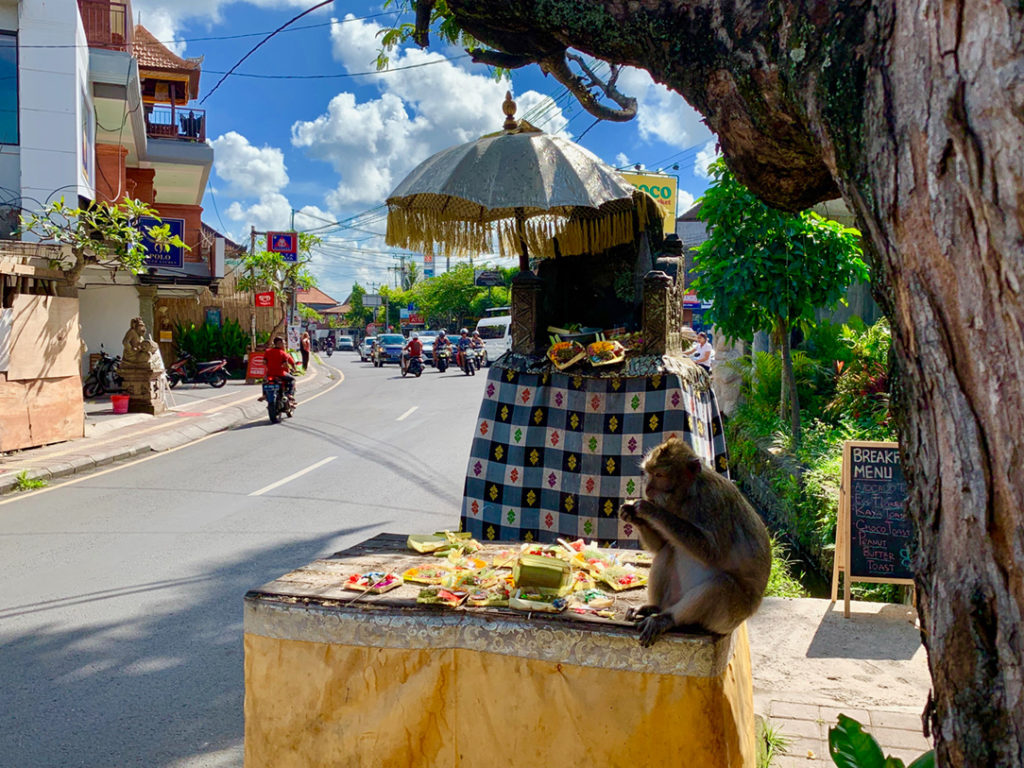




Raja Ampat & Coralia Live Aboard
After Ubud we boarded our flight to Sorong in West Papau, where we would be taken to meet our dive boat. Our dive boat, the Coralia, was parked in the bay at the Papau Explorers Dive Resort. It was a brand new live aboard boat, built in traditional Indonesian style. Once on the boat we were very happy with our room, a balcony cabin nearest the underwater camera room.






Live aboards in this area take you through beautiful island dotted bays. The water is generally calm, warm and inviting and many dive sites involve exploring the undersided area of an above-the-water atoll. Soft corals look more like underwater gardens and they are constantly buzzing with activity. This level of biodiversity is only possible here because much of the islands are uninhabited.
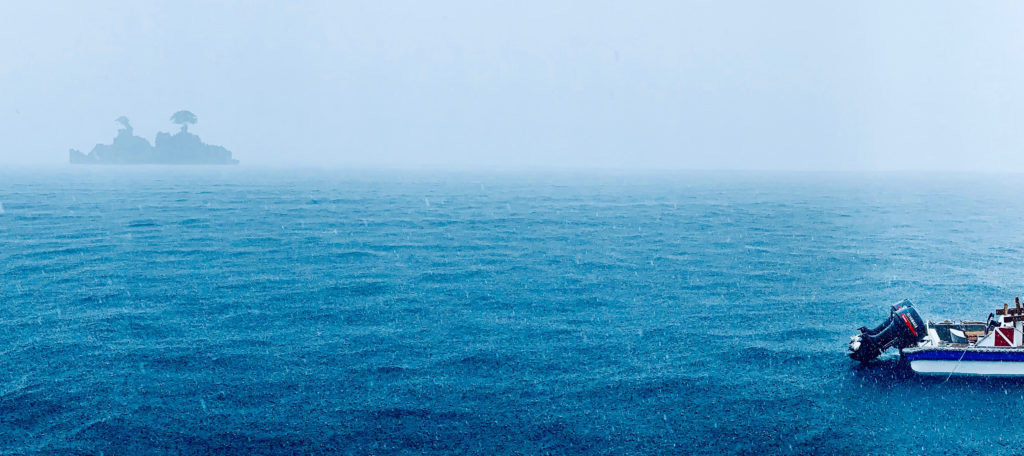




We dove 3-4 times a day, including some night dives. While there were many macro photos to be had of small, colorful undersea creatures, one of the best days was when we went to a giant manta ray cleaning station and watched as they all swam over us. This was definitely the highlight of the trip.
The boat’s two managers – Jerry and Debbie were excellent, and the dive guides were also superb. We were fed frequently and the food was high quality. It was a tightly regimented schedule which provided access to all the usual sea life divers wish to encounter in this area.






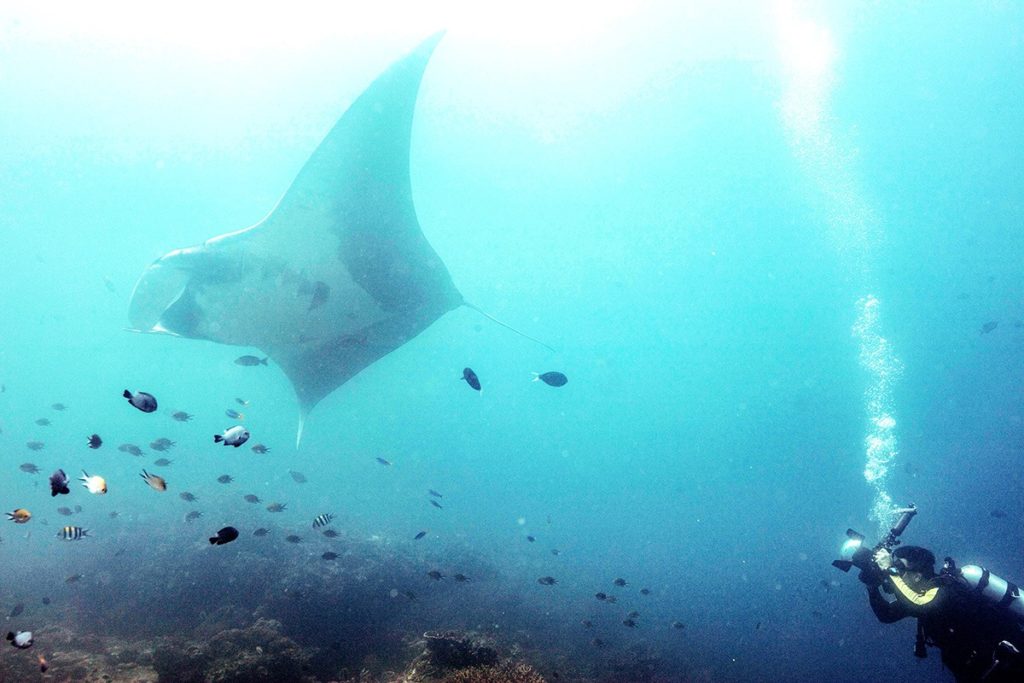

Back in Bali
When we returned to Bali, there was only time for a quick overnight to celebrate my husband’s birthday before we departed again. We chose the Ayana Resort & Spa, and were not disappointed. Their famous Rock Bar overlooking the ocean at Ullawatu Beach was spectacular. We were greeted with a flower lei and once we saw how beautiful this resort was – reminiscent of many in Hawaii – we definitely wished we’d booked another night.



We really loved the relaxing and spiritual feel of Bali as well as the stunning underwater life of Raja Ampat. I can see why so many vacation here as well as why it’s a favorite of underwater photographers. We didn’t rent our own car on Bali so many of the usual tourist sites like temples and terraces are not included here. We highly recommend a trip to Bali as well as a live aboard experience in Raja Ampat for divers.



